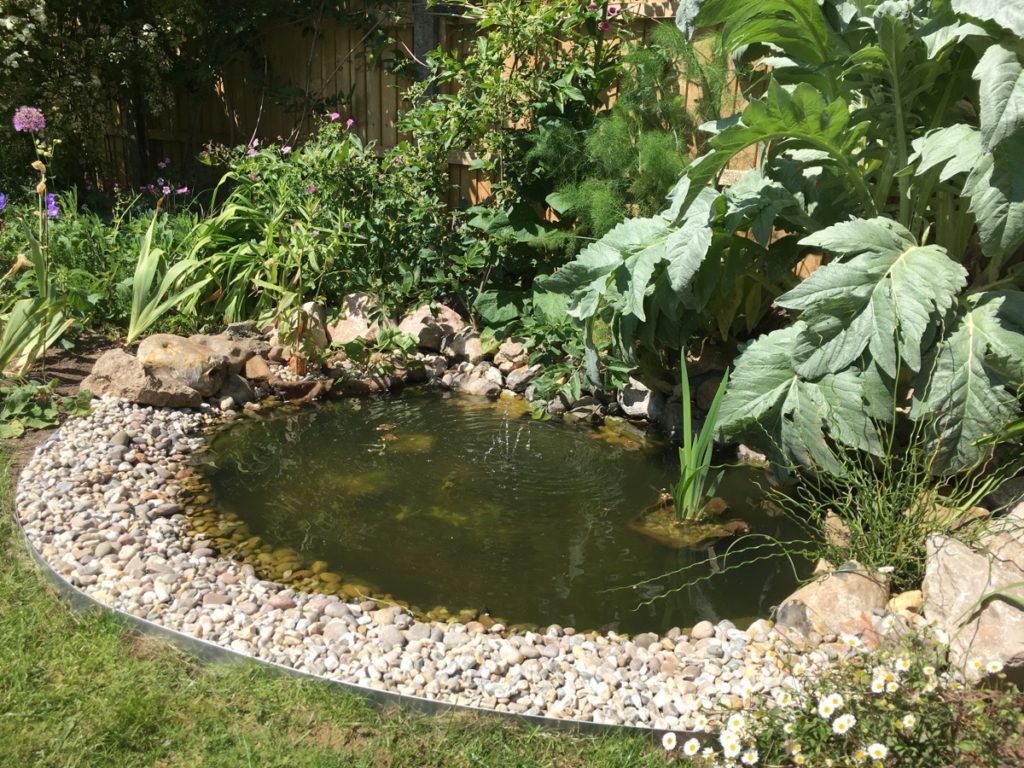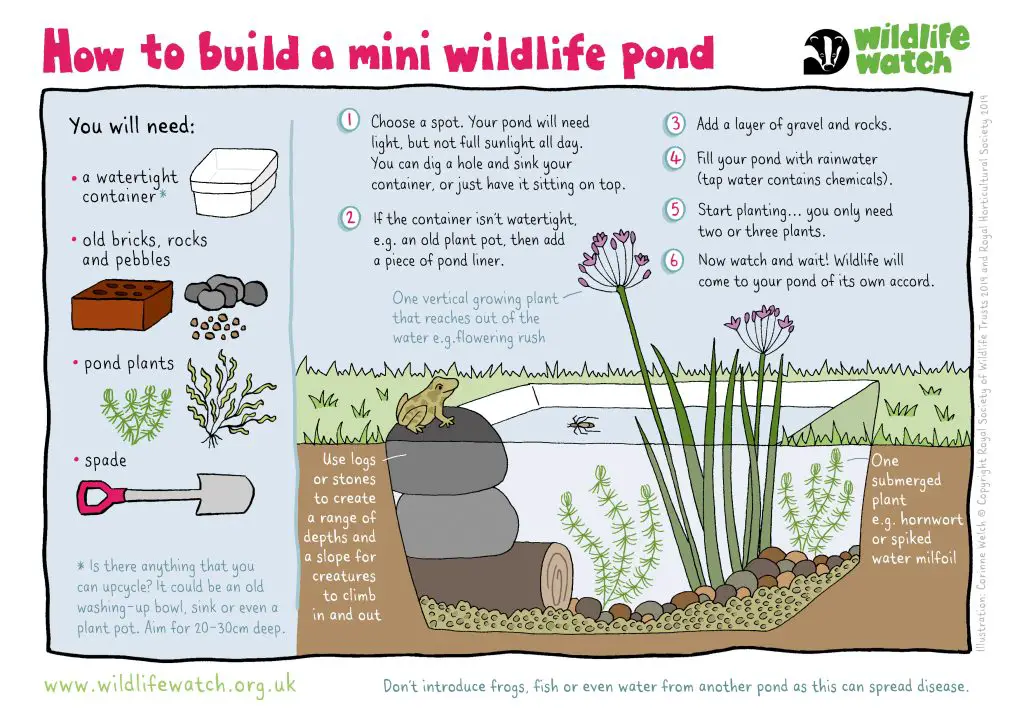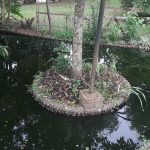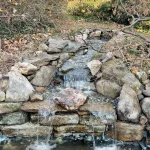Welcome to our guide on creating a small wildlife pond in your backyard! Wildlife ponds are a fantastic addition to any garden, providing a habitat for a variety of creatures such as frogs, newts, dragonflies, and birds. Not only do they support biodiversity, but they also add a beautiful and tranquil element to your outdoor space. In this article, we will take you through the step-by-step process of building your very own small wildlife pond.

Credit: www.thesmallgardener.co.uk

Credit: www.youtube.com
Choosing the Right Location
The first step in creating a wildlife pond is selecting the perfect location for it in your garden. Choose a spot that receives a good amount of sunlight, as this will help aquatic plants to thrive and attract wildlife. Make sure the area is relatively flat and away from overhanging trees to prevent leaves from falling into the pond and causing issues with water quality.
Gathering Materials
Before you start digging, gather all the necessary materials for your wildlife pond. You will need a pond liner, sand or underlay, rocks or bricks for edging, aquatic plants, and a variety of pond-dwelling creatures such as snails and tadpoles to kickstart the ecosystem.
Excavating the Pond
Once you have chosen the location and gathered your materials, it’s time to start digging! Dig out the shape of your pond, making sure to create varying depths to accommodate different types of wildlife. A shallow area is perfect for birds to bathe, while deeper sections provide a habitat for fish and amphibians.
Installing the Pond Liner
After excavating the pond, it’s essential to install a pond liner to prevent water from seeping into the soil. Lay a layer of sand or underlay at the bottom of the hole to protect the liner from sharp objects. Carefully position the liner in place, ensuring it is smooth and free of wrinkles.
Adding Rocks and Edging
Enhance the natural look of your wildlife pond by adding rocks or bricks around the edges. This not only provides a pleasing aesthetic but also creates a transition zone for plants and wildlife. Be creative with your edging to make your pond blend seamlessly into its surroundings.
Introducing Aquatic Plants
A crucial element of a wildlife pond is the inclusion of aquatic plants. These plants not only oxygenate the water but also provide shelter and food for pond creatures. Choose a variety of plants such as water lilies, irises, and submerged plants to create a diverse ecosystem.
Adding Wildlife
Once your pond is set up with plants, it’s time to introduce some wildlife! Add pond snails to help keep the water clean, and consider adding tadpoles or frogspawn to attract frogs to your pond. Dragonflies and other insects will also be drawn to the water as it matures.
Maintaining Your Wildlife Pond
Regular maintenance is key to keeping your wildlife pond healthy and thriving. Remove any debris that falls into the water, such as leaves or twigs, to prevent them from decomposing and affecting water quality. Monitor the water level and top up as needed, especially during hot weather.
Enjoying Your Wildlife Pond
Once your small wildlife pond is established, sit back and enjoy the array of wildlife that will be attracted to it. Take time to observe the frogs basking in the sun, the dragonflies darting around, and the birds coming to drink and bathe. A wildlife pond is a wonderful addition to any garden, providing endless fascination and beauty.
Conclusion
Building a small wildlife pond is a rewarding project that will benefit both your garden and the local ecosystem. By following the steps outlined in this guide, you can create a thriving habitat for a variety of wildlife species while adding a beautiful water feature to your outdoor space. So, grab your shovel and get started on building your very own wildlife pond today!





